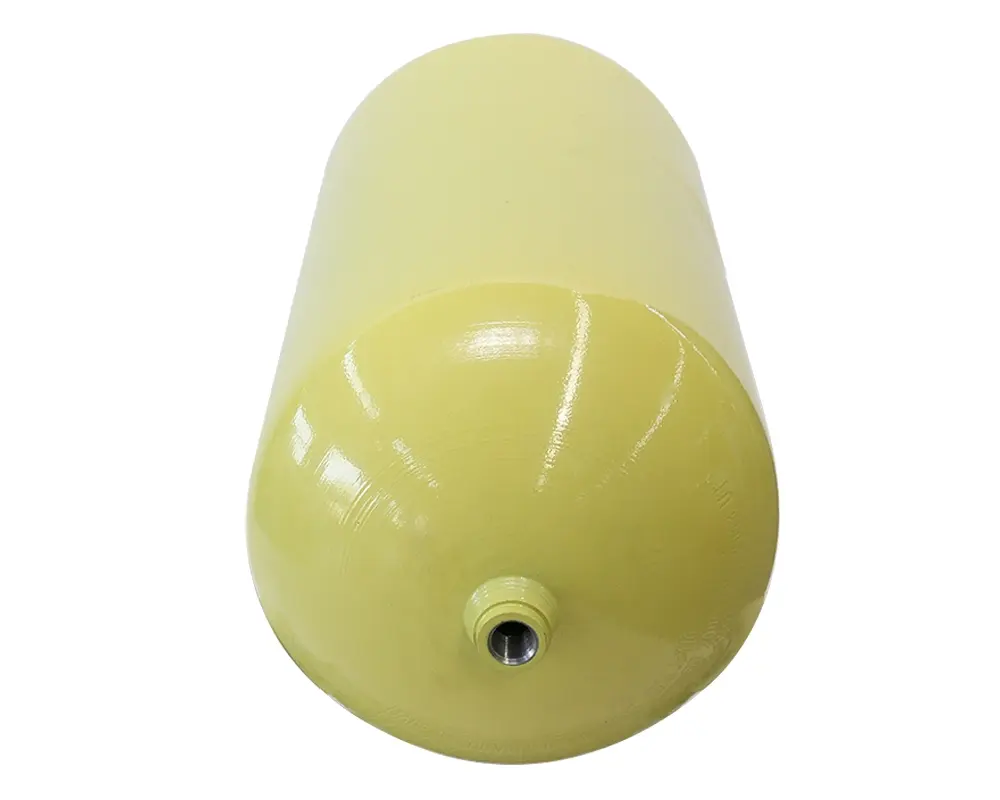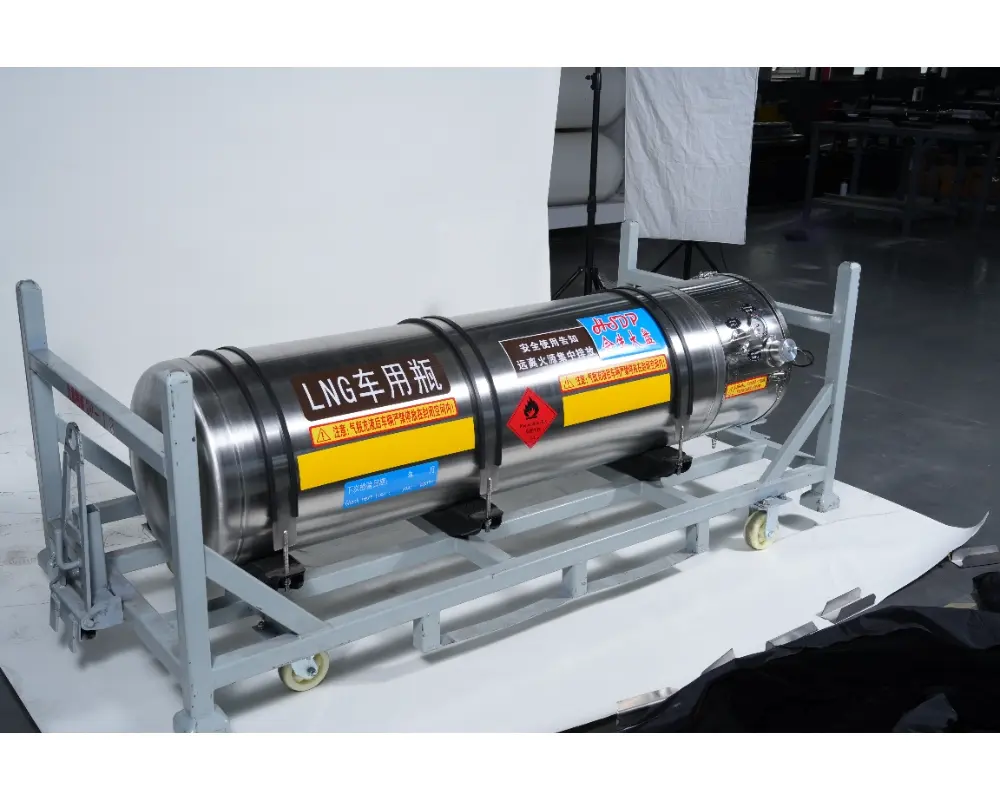Diferenças entre cilindros de gás liquefeito de petróleo (GLP) e GNC
Horário de lançamento: 05/06/2025
Gás Liquefeito de Petróleo e Cilindros de gás natural comprimido Ambos são usados para armazenar e transportar gases. São fontes comuns de combustível e amplamente utilizados como combustível para automóveis, gás doméstico e energia industrial. Existem diferenças significativas entre os dois em termos de propriedades físicas, métodos de armazenamento, equipamentos utilizados e requisitos de segurança. Abaixo, uma comparação:
Propriedades físicas e composição
GLP
Os principais componentes são uma mistura de propano e butano, que é liquefeita para armazenamento sob pressão à temperatura ambiente. O GLP é um combustível líquido e é armazenado em estado líquido a pressões tipicamente entre 0,5 e 1,5 MPa.
GNC
O principal componente é o metano, que é o ingrediente principal do gás natural. O GNC é armazenado como gás sob alta pressão (tipicamente entre 20 e 25 MPa) à temperatura ambiente.
Métodos de armazenamento e estrutura do cilindro
Cilindros de GLP
O GLP existe nas fases líquida e gasosa dentro do cilindro. A pressão é relativamente baixa e o cilindro é feito de aço ou liga de alumínio. O cilindro é menor em volume e a espessura da parede é projetada para suportar a pressão e os efeitos corrosivos do combustível líquido. O projeto prioriza a resistência à corrosão e a estanqueidade.
Cilindros de GNC
O GNC é armazenado como um gás de alta pressão. O cilindro precisa suportar uma pressão muito maior. Cilindros de GNC de alta qualidade São feitos de materiais compostos de alta resistência ou aço, com paredes mais finas, porém com maior resistência. O design prioriza a resistência à pressão e a leveza.
Equipamentos de uso e cenários de aplicação
Cilindros de GLP
O GLP é amplamente utilizado em gás doméstico, caldeiras industriais e como combustível para automóveis. O GLP é fácil de liquefazer, o que o torna conveniente para armazenamento e transporte, sendo adequado para aparelhos a gás de pequeno e médio porte. O sistema de abastecimento de combustível para veículos movidos a GLP é relativamente simples.
Cilindros de GNC
O GNC é usado principalmente em veículos a gás natural, como ônibus e táxis. O sistema de abastecimento de GNC requer dispositivos de redução de alta pressão e, embora a capacidade de armazenamento seja limitada, é mais ecológico. O GNC não se liquefaz facilmente e precisa ser reabastecido em postos designados.
Desempenho de segurança e inspeção
Segurança do cilindro de GLP
Quando ocorre um vazamento de GLP, ele se torna mais denso que o ar e pode se acumular em áreas baixas, representando um risco de explosão. As inspeções regulares incluem testes de pressão, verificação de corrosão e teste de estanqueidade do cilindro.
Segurança do cilindro de GNC
Quando há vazamento de GNC, ele se dispersa rapidamente devido à sua baixa densidade e, embora o risco de explosão seja menor que o do gás líquido, a destruição causada pela ruptura do cilindro é mais grave. Cilindro de GNC de alta pressão As inspeções se concentram no desempenho de segurança de alta pressão, na integridade da espessura da parede do cilindro e na condição do material composto.
Aspectos Econômicos e Ambientais
GLP
O GLP possui alto poder calorífico, é fácil de usar e oferece opções flexíveis de armazenamento e transporte. Seu preço é relativamente estável, mas possui maior teor de carbono, o que resulta em maiores emissões de CO2 durante a queima.
GNC
O metano tem uma combustão mais limpa, emitindo menos CO2 e substâncias nocivas, o que o torna mais ecológico. Seu preço é influenciado pelo mercado de gás natural e os custos de armazenamento são mais altos.
GLP vs. GNC
| Itens de comparação | Gás Liquefeito de Petróleo (GLP) | Gás Natural Comprimido (GNC) |
| Componentes Principais | Propano, Butano | Metano |
| Estado da Matéria | Líquido (durante o armazenamento) | Gás de alta pressão |
| Pressão de armazenamento | 0,5~1,5 MPa | 20~25 MPa |
| Material do cilindro | Aço ou liga de alumínio | Aço ou materiais compostos |
| Aplicações | Gás doméstico, combustível para automóveis | Combustível veicular a gás natural |
| Riscos de segurança | Vazamentos de líquidos se acumulam, risco de explosão | Vazamentos de alta pressão se espalham rapidamente |
| Desempenho Ambiental | Mais baixo | Mais alto |
| Conveniência de armazenamento/transporte | Conveniente | Requer instalações de alta pressão |
A Anhui Dapan é fabricante de equipamentos originais de cilindros de GLP e GNC. Para mais informações sobre os produtos, entre em contato conosco.


